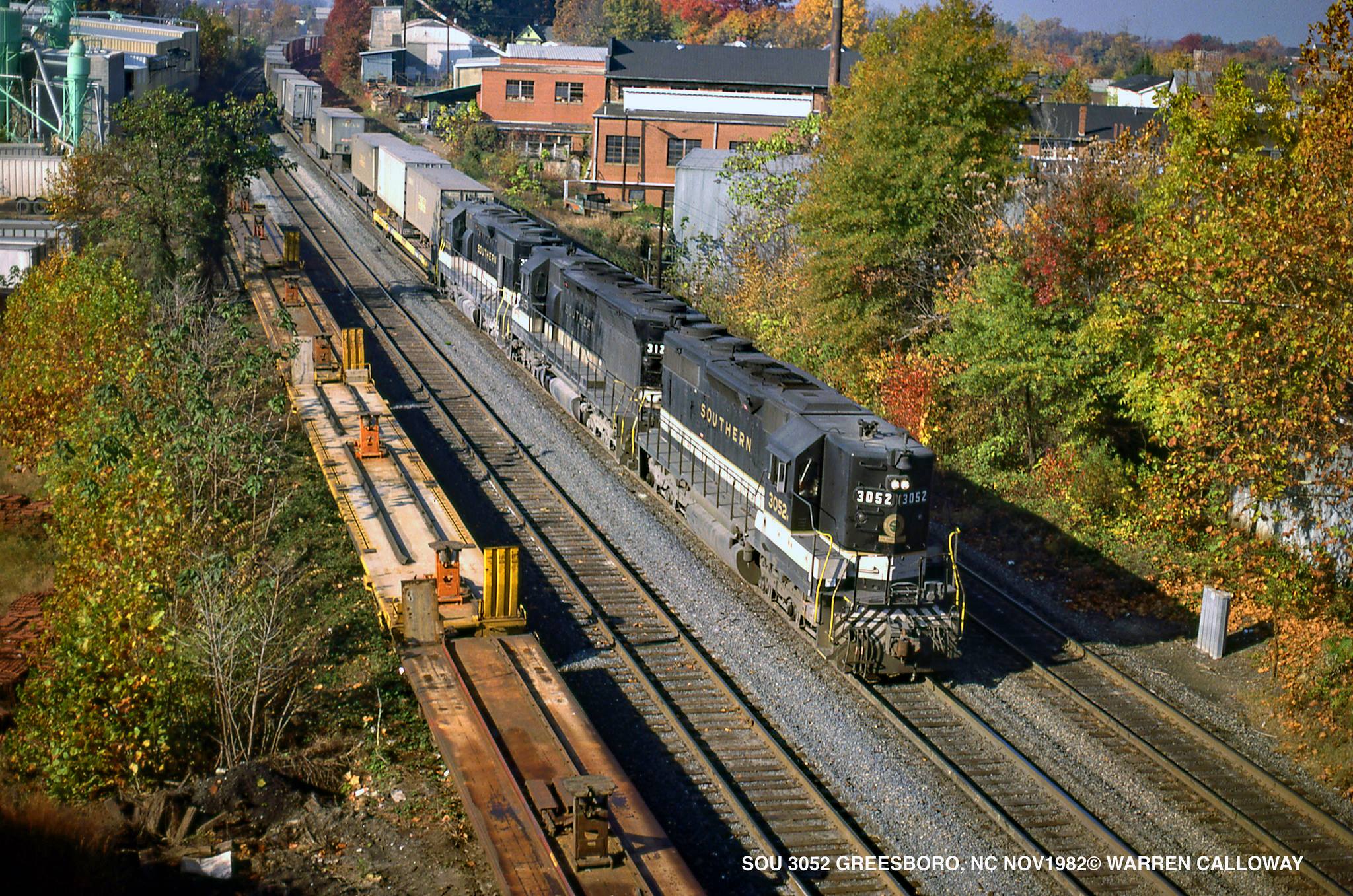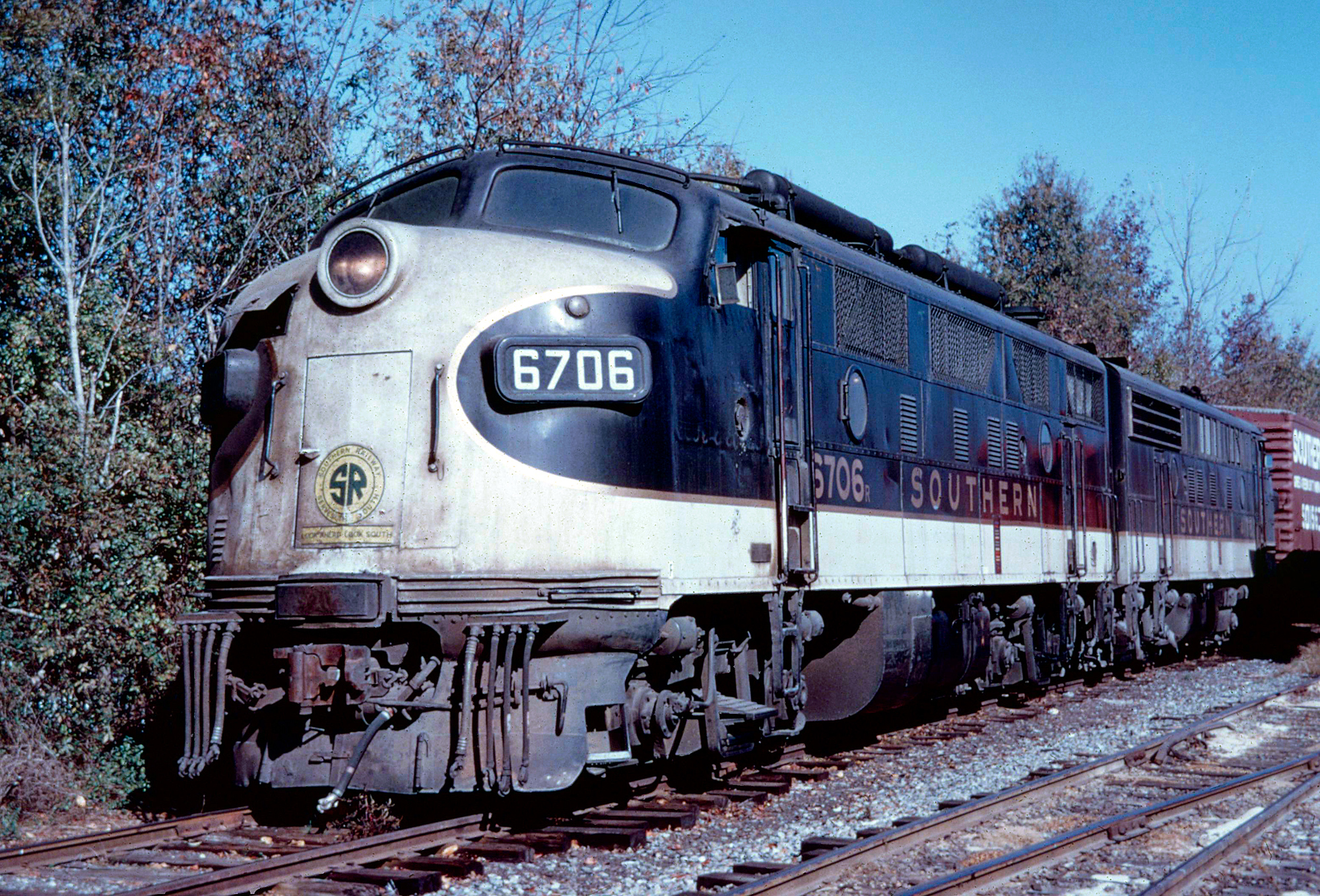Staying Safe: Understanding Southern Maryland Bounce House Incidents
When folks in Southern Maryland gather for celebrations, like birthday parties, school events, or community get-togethers, bounce houses are, you know, a pretty common sight. These inflatable play areas bring so much joy and laughter to children, offering a fun way to burn off some energy. But, as we've sometimes seen, even something meant for pure fun can, regrettably, lead to unexpected situations. It’s a bit of a sobering thought, really, when you consider how quickly a happy occasion can turn serious.
Talking about a "southern maryland bounce house accident" isn't exactly a light topic, but it's a conversation we really need to have, so. It’s about keeping our little ones safe while they're out having a blast. Understanding the common issues that can pop up, and how to prevent them, is just good sense for anyone planning an event or letting their kids play on these bouncy structures. After all, nobody wants a day of fun to end with worries, right?
This discussion aims to shed some light on the kinds of incidents that can happen with bounce houses, particularly in areas like Southern Maryland, where community events are a big part of life. We'll go over ways to make sure everyone stays as safe as possible, giving you some pointers on what to look for and what to do. It’s about being prepared, actually, and making sure those bouncy moments remain happy memories.
Table of Contents
- Understanding the Risks of Inflatable Play
- Prioritizing Safety Measures
- What to Do if an Incident Occurs
- Community and Local Guidelines
- Frequently Asked Questions (FAQs)
- A Commitment to Safer Fun
Understanding the Risks of Inflatable Play
Bounce houses, while incredibly popular, do come with their own set of potential dangers. It’s not about scaring anyone, but rather, just being aware. Kids are, you know, naturally energetic and sometimes a little bit clumsy, and putting them in a confined, bouncy space can sometimes lead to tumbles or bumps. We've all seen how excited they get, and that excitement can sometimes override their sense of caution, so.
Common Causes of Mishaps
A lot of the time, bounce house incidents aren't really about the equipment itself being faulty. More often than not, it boils down to a few common factors. Overcrowding is a big one, actually; too many kids bouncing at once can lead to collisions and falls. Also, if the bounce house isn't anchored properly, a sudden gust of wind can, quite literally, pick it up and move it, which is pretty terrifying. Then there’s the issue of supervision, or rather, the lack of it. Sometimes, parents or guardians might not be paying close enough attention, and that's when a small problem can, you know, get bigger. It’s like that southern phrase, "as dumb as a bag of hammers," when folks don't pay attention to the simple stuff, it can really cause trouble, you know?
Another thing that often gets overlooked is the mix of different ages and sizes. You might have a tiny toddler bouncing alongside a much bigger, older child, and that’s just asking for trouble, more or less. The force from a bigger kid's bounce can send a smaller child flying, and nobody wants that. And then there's the setup itself; if the ground isn't level, or if there are sharp objects nearby, that can be a real issue. It’s really about thinking through all the possibilities, so, to keep things safe.
The Impact on Families
When an incident does happen, the ripple effect can be pretty significant for families, very. Beyond the immediate physical injuries, there’s the emotional toll, the worry, and the stress of dealing with medical appointments or, you know, just the shock of it all. For many families in Southern Maryland, these events are supposed to be happy memories, and when they turn sour, it can be a really tough pill to swallow. It’s not just about a broken arm; it's about a shattered sense of security, in a way, and that takes time to heal.
Financial worries can also pile up, especially if there are hospital visits or follow-up care involved. For folks who, like me, are thinking about things like financial and transportation reasons for schooling, you know, unexpected medical bills are a huge burden. It just underscores why preventing these incidents is so, so important. We want our kids to remember the fun, not the fear, and that's why we talk about these things, you know?
Prioritizing Safety Measures
Making sure everyone stays safe when using a bounce house is actually simpler than you might think, in some respects. It just takes a little bit of planning and a commitment to following some basic guidelines. It's about being proactive rather than reactive, really, and that makes all the difference. We want to enjoy these things, not worry about them, so.
Choosing a Reputable Rental Company
This is, arguably, one of the most important steps. Not all rental companies are created equal, you know. A good company will have well-maintained equipment, and they’ll be transparent about their safety practices. They should, for instance, be able to show you proof of insurance and explain how they set up and anchor their inflatables. Ask them about their inspection routines and what they do to keep their equipment clean and in good shape. It’s like that feeling of finding a "southern stud" – you know quality when you see it, and it gives you peace of mind, apparently.
Don't be afraid to ask questions, very. Inquire about their experience, particularly with events in Southern Maryland. A reliable company will also provide clear instructions for use and, sometimes, even offer an attendant to supervise. This kind of attention to detail is a pretty good sign that they take safety seriously. You can learn more about general event safety on our site, which might help you pick a good vendor.
On-Site Supervision and Rules
Once the bounce house is set up, adult supervision is, quite frankly, non-negotiable. There needs to be at least one responsible adult, if not more, actively watching the children at all times. This isn't a time to be checking your phone or chatting with friends; it's a time to be vigilant. The supervisor should enforce clear rules: no roughhousing, no flips, no climbing on the walls, and absolutely no shoes. It's like those rules for a subreddit – "we're pretty laid back, but please review the rules before posting, There aren't many, but we don't play around with…" – safety rules are just like that, they're there for a reason, you know?
The supervisor should also manage the number of children inside the bounce house at any given time, making sure it doesn't get too crowded. And, you know, they should ensure that children of similar sizes are playing together to minimize the risk of bigger kids accidentally hurting smaller ones. It’s about creating a safe play environment, and that takes active participation, really.
Weather Awareness is Key
Southern Maryland weather can be, well, a bit unpredictable sometimes, so. A sunny day can turn breezy or even stormy in a flash. Before and during your event, always keep an eye on the weather forecast. Wind is a particular concern for bounce houses; even a moderate breeze can make them unstable. If winds pick up to around 15-20 mph, or if there's any sign of lightning or heavy rain, the bounce house should be evacuated and deflated immediately. It's better to be overly cautious than to risk a serious incident, you know? Like, it's just a simple thing to check the forecast, but it makes a huge difference.
Temperature also plays a role. On very hot days, the surface of the bounce house can get incredibly hot, leading to burns. In such cases, it's a good idea to provide shade or simply avoid using the inflatable during the hottest parts of the day. Keeping an eye on the sky and the thermometer is, in some respects, just as important as watching the kids themselves, very.
What to Do if an Incident Occurs
Even with the best precautions, accidents can, you know, still happen. Knowing what to do in the immediate aftermath can make a big difference in the outcome. It’s about staying calm and acting quickly, really. Nobody wants to think about this, but it's important to have a plan, so.
Immediate Steps for Care
First and foremost, attend to the injured person. Assess their condition and administer any necessary first aid. If it's a serious injury, like a suspected broken bone, head injury, or if the person is unconscious, call 911 immediately. Don't try to move them unless they are in immediate danger. Keep them still and comfortable until professional medical help arrives. It's a bit like when you hear about something serious happening, you know, you just react, naturally, to help.
While waiting for help, make sure the area around the bounce house is secure and that no one else can get hurt. If the incident was due to the bounce house itself (e.g., it tipped over), ensure it's deflated and secured to prevent further issues. It’s just common sense, but sometimes in the heat of the moment, you might forget the simple things, you know?
Documenting the Situation
Once the immediate emergency is handled, it's wise to document everything that happened. Take photos or videos of the scene, including the bounce house, its anchoring, and the surrounding area. Note the time, date, weather conditions, and any witnesses present. Get their contact information if possible. Write down a detailed account of what you observed, including how the incident occurred and what actions were taken. This information can be incredibly helpful later on, whether for insurance purposes or just to understand what went wrong, very. It's a bit like taking notes for a psychology class, you know, every detail matters for understanding the full picture.
If the incident involved a rental company, contact them as soon as it's practical to report what happened. Keep a record of all communications. This kind of thoroughness might seem like a lot, but it can save a lot of headaches down the road, apparently. You can also link to this page for more information on incident reporting, which could be helpful.
Community and Local Guidelines
Different areas, even within Southern Maryland, might have specific rules or recommendations for bounce house use. It's always a good idea to check with your local county or city government, or even your homeowner's association, before setting up an inflatable. Some places might require permits for larger events, or have guidelines about where inflatables can be placed, so. For example, some areas might have rules about how close an inflatable can be to power lines or public roads.
Staying informed about local regulations helps ensure compliance and, more importantly, enhances safety for everyone. You might find that some community centers or parks have their own set of rules for using bounce houses on their property. It's just about being a good neighbor and making sure everyone is on the same page, really. Like, it's just a matter of checking, you know?
Many local fire departments or public safety organizations also offer tips for inflatable safety. Sometimes, they even have community outreach programs where they share valuable information. Reaching out to these resources can provide extra layers of protection and peace of mind. For example, you could check out a reputable safety organization's website for general guidelines on event safety. It’s about using all the resources available to you, basically, to make sure your fun stays safe.
Frequently Asked Questions (FAQs)
What are the most common injuries from bounce houses?
The most common injuries often involve sprains, fractures, and sometimes head injuries. These usually happen from falls, collisions with other children, or landing awkwardly after a bounce. Little ones, you know, are particularly vulnerable to these kinds of bumps and scrapes, so.
How can I tell if a bounce house rental company is safe and reliable?
Look for companies that have proper insurance, well-maintained equipment, and staff who can clearly explain their setup procedures and safety rules. Ask about their inspection routines and how long they've been in business, very. Good reviews and recommendations from other Southern Maryland families are also a good sign, actually.
What wind speed is too high for a bounce house?
Generally, if winds reach or exceed 15 to 20 miles per hour, it's considered too windy to safely operate a bounce house. Even less wind can be a problem if the inflatable isn't anchored correctly. Always check the forecast and be ready to deflate if the wind picks up, pretty quickly. It's just not worth the risk, you know?
A Commitment to Safer Fun
Ultimately, the goal for any event involving a bounce house in Southern Maryland is to create a joyful and safe environment for children. By being informed, choosing reliable vendors, providing attentive supervision, and staying aware of the surroundings, we can significantly reduce the chances of a "southern maryland bounce house accident." It's about being responsible, yes, but also about making sure our kids can experience pure, unadulterated fun without unnecessary worries. We want those happy memories to last a lifetime, without any shadows cast over them, you know?
It's a shared responsibility, really, from the rental companies to the parents and event organizers. Every step we take to prioritize safety helps ensure that these bouncy, laughter-filled moments remain exactly what they're meant to be: pure delight for our community's children. So, let’s all do our part, and keep those smiles wide and those spirits high, you know?

Great Smoky Mountains Railroad to Restore Southern 2-8-0 - Railfan

Southern Railway (USA): Map, Locomotives, Logo, History

Southern Railway Zone